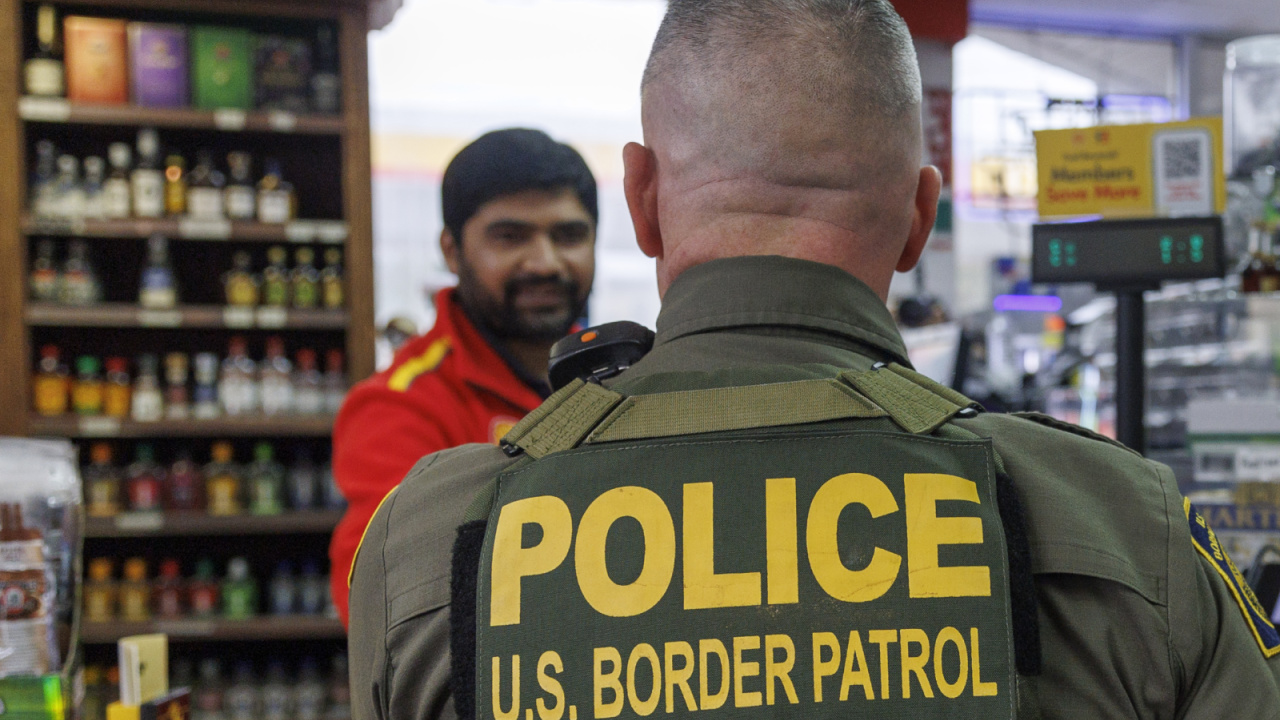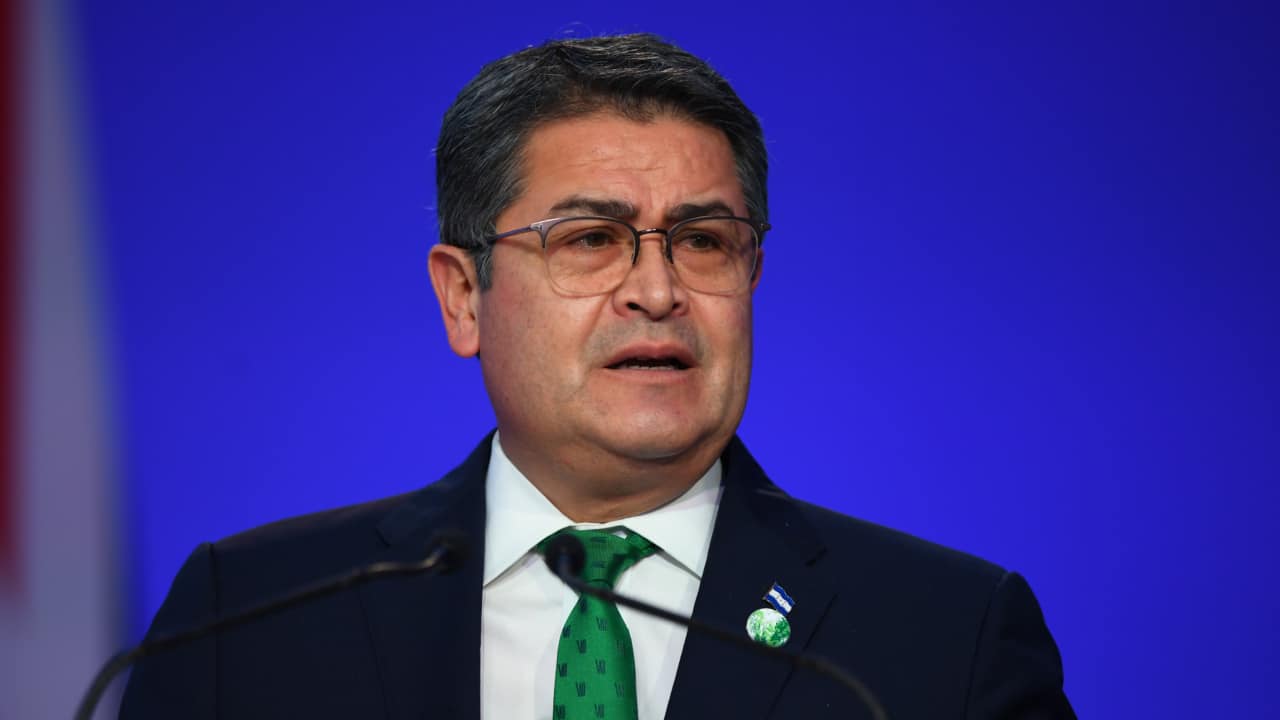Latinos Are Underrepresented in News Stories And Here’s Proof
Have you ever wondered why the news doesn’t talk about what really matters? Or why the issues we live with every day don’t make headlines?
We have the answer.
Despite Latinos being the fastest-growing and thriving demographic in the United States, we continue to be underrepresented in newsrooms.
A new study conducted by the Berkeley Media Studies Group in collaboration with UnidosUS revealed what we’ve all been feeling — Latinos continue to be voiceless.
Latinos make up nearly 20% of all Americans and more than 40% of all people of color in the U.S. However, less than 6% of news stories about racism and racial equity reference Latinos.
The new report, “Elevating Latino Experiences and Voices in News about Racial Equity: Findings and Recommendations for More Comprehensive Coverage,” notes that this lack of representation persisted in all regions, including California, home to nearly a quarter of all U.S.-based Latinos.
Worse, only 14% of news articles cite sources that self-identify as Latino.
Another finding shows that Latino organizations rarely appeared in the coverage. The researchers found no authors identifying themselves as Latinos.
“These findings are disappointing but not surprising,” said Pamela Mejia, head of research at BMSG. “We know that Latinos are underrepresented in newsrooms. In fact, only 11% of news analysts, reporters, and journalists are Latino, according to the U.S. Government Accountability Office. When newsrooms don’t reflect the communities they represent, we expect the coverage to also be incomplete.”
“When Latino experiences, contributions, and concerns are excluded from news coverage, policymakers and the public don’t have the facts needed to craft effective and inclusive solutions,” said Viviana Lopez Green, senior director for UnidosUS’ Racial Equity Initiative. “Too often, our community is ‘out of sight, out of mind.'”
The real problem is the angle
It’s no longer so much about not paying attention to us. It’s that Latinos still don’t have a seat at the table.
Without Latinos in newsrooms who know firsthand what our community is going through, how do we expect to find our stories on the front pages?
The BMSG report raises concerns about how coverage is framed.
Stories about racial equity issues facing Latinos tend to focus primarily on problems. Meanwhile, journalists talk about solutions in less than 40% of articles.
“When the news focuses only on problems without also exploring solutions, people — including policymakers — have a harder time envisioning next steps,” Mejia said. “Readers need to see the work that organizers and advocates are doing to improve their communities. Those are the kinds of stories that encourage action and instill hope.”
The solution is to give Latinos a voice
In addition to offering an in-depth analysis of the invisibility of our community, the BMSG report lays out workable solutions.
The researchers suggest including more Latinos who can share their firsthand experiences.
Analysis of the news stories revealed a lack of such voices, as only one-third of the articles included people (of any racial or ethnic background) who could speak to an issue from lived experience. Meanwhile, three-quarters of the articles quoted government officials.
“We know change is possible,” Green said. “Journalists, publishers, advocates, and philanthropists can all play a role. Journalists should rethink the questions they ask and sources they speak to; publishers must reexamine hiring and recruiting practices; advocates can build stronger relationships with local outlets; and philanthropy ought to provide support for Latino organizations and scholars and help them forge connections with the media to tell their stories. Together, we can create a more inclusive narrative.”




